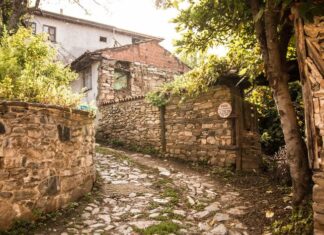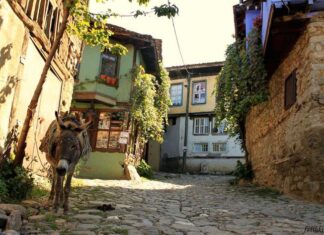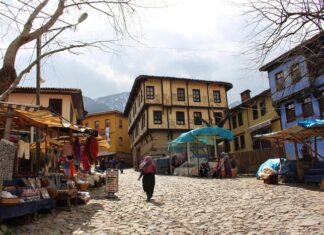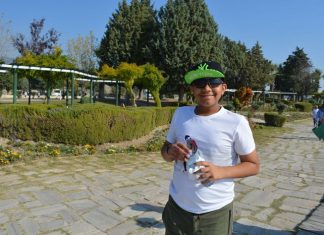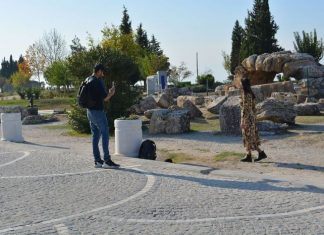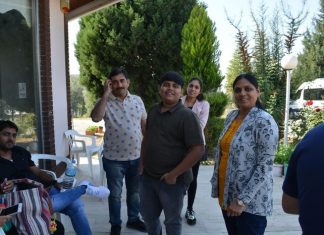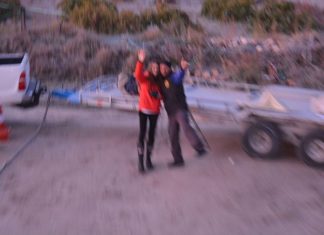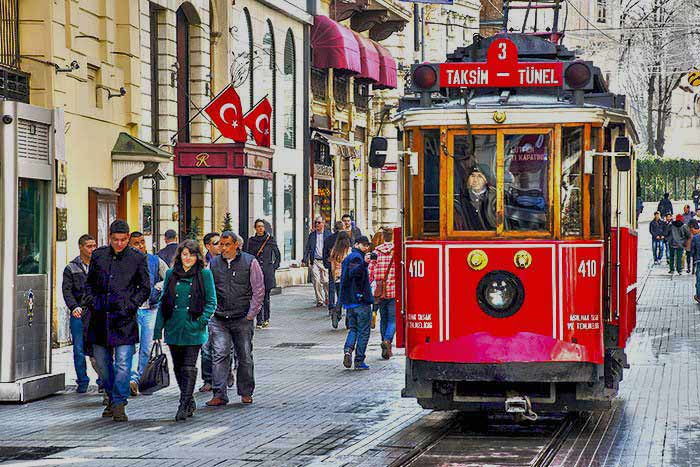The Moat of Constantinople
The moat of Constantinople was one of the most important parts of the city's defense system. In Greek, it was called the Taphros. It...
Smaller Towers on the Outer Wall
The towers along the Outer Wall of Constantinople were much smaller than the towers found on the Inner Wall. These outer towers stood about...
Inside the Towers
Living and Defense Space
The lower part of each tower in Constantinople’s city walls did not play a major role in direct combat. Instead, it...
The Religious History of Nicomedia
A Long List of Religious Leaders
A historian named Le Quien created a list of 50 archbishops (metropolitans) of Nicomedia, an ancient Christian city. In...
An Educational Trip for Tourist Guides
Learning About Ancient Ephesus with Science
A special trip was organized to the ancient city of Ephesus to help tourist guides from Kuşadası learn the...
A Ride Full of Smells Sounds and Memories
Leaving the Bad Behind
As I was riding uphill, I smelled the burned oil coming from a truck beside me in the climbing lane. It...
The Democratic Nature of the Serbian Parliament
A Unique Assembly
When I first entered the Serbian Parliament, what struck me was its democratic feel. There were no aristocrats or wealthy-looking individuals. Instead,...
The Serbian Parliament: Structure and Issues
Duration and Stability of the Parliament
The Serbian Parliament is elected for a term of four years, but it typically functions for only about two...
A Visit to the Serbian Parliament
The Journey Up the Stairs
As I climbed the old, creaking staircase, I let out a sigh of relief when I finally reached the top....
Strategy for Grammar Construction
Continuity
In the realm of language, compound verb forms can be subject to interruptions, allowing the insertion of various elements, such as adverbials and nominals....
